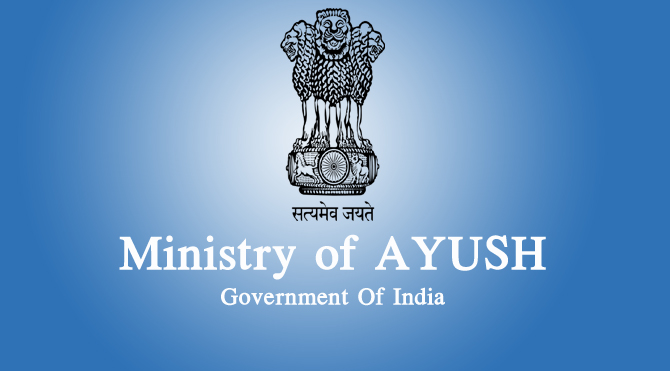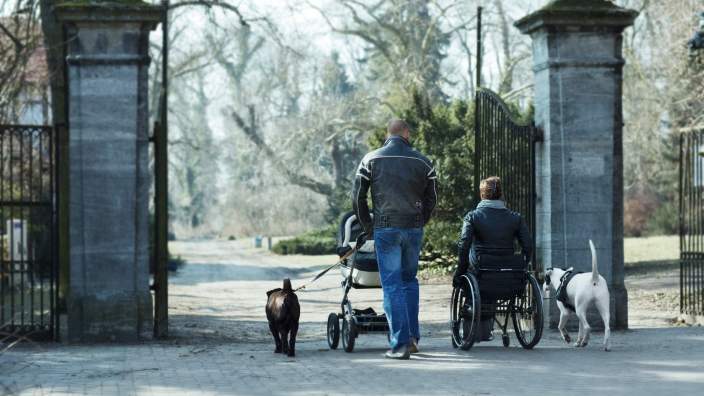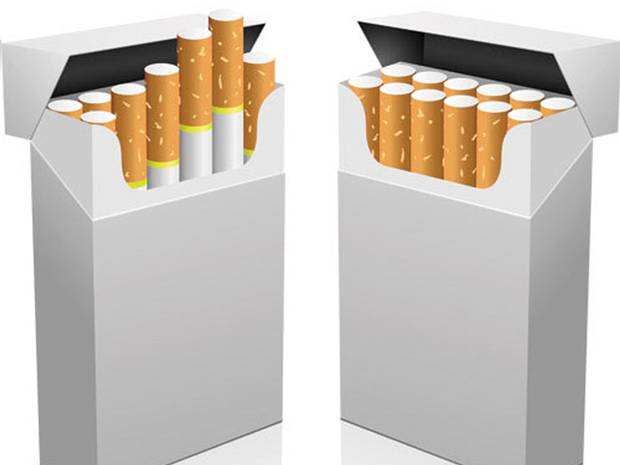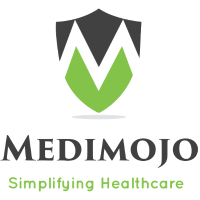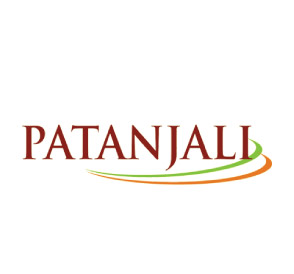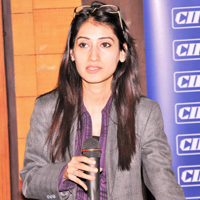
Dr Ruchi Dass, CEO, HealthCursor Consulting India and mHealth evangelist talks about the growth of mHealth sector in India

How is mHealth different from Telemedicine? Is one a subset of the other?
Let us understand the difference between healthcare and Medical care first. While the former deals with overall wellness, preventive, promotive and rehabilitation perspective; the latter means providing clinical care, surgical and chemo interventions. mHealth as a term is used for making healthcare accessible to masses using wireless devices. mHealth encompasses acquisition, transport, storage, processing, and security the raw and processed data to deliver meaningful results. Telemedicine on the other hand is the science of using similar wireless channels and networks to provide clinical health care at a distance. Both telemedicine and mHealth are a subset of Ehealth.
Mobile penetration in India has increased, and major carriers now offer Dial-A-Doctor service. Are mHealth solutions taking root, or more still needs to be done?
mHealth solutions made headway in India around year 2006-2007 before which it was less known. Every year, more than 100+ mhealth projects get piloted in India. Currently we have 20 large projects running in the country that are both privately and publically managed and funded. The reason why we see this sudden surge of Dial-A-Doctor services is not a surprise. We run a mhealth consulting company and our revenue has almost doubled in the past few years. The healthcare infrastructure is pretty skewed in India and there is a great demand of doctors in far flung areas. Dial a Doctor hence becomes a popular choice. In metros and urban areas, Dial a doctor service provides convenience and saves time to travel to Doctors office for common diseases. However, mHealth has evolved much beyond this. Today we have an app that will tell you whether you got flu or not if you just sneeze close to your mobile device. Bluetooth and wireless enabled medical devices talk to your phone and transport health related real time data to doctors and caregivers. There is a lot that is achieved already but yes there is still a long way to go.
Has the growth of mHealth been in proportion to the mobile penetration in India? Have 3G services helped, or is SMS-based help still the best solution?
The ecosystem is evolving. However the uptake of mHealth services is still low. I havent witnessed any near proportionate growth of such health services with increasing mobile penetration in India. But it is the same story with banking, education, entertainment apps as well. 3G services are available in certain circles only but it is expected to cover around 270 million subscribers by 2017. SMS based help use cases are definitely plenty in the country but mHealth is about end to end care. Mediphone, Health Kiosks, ehealthpoint, Dr SMS are some of the best use cases to study in India today.Increased penetration of mobile technology in India will bring with it many socio-economic benefits.

mHealth is touted as a solution to getting healthcare services to rural and hard to reach areas, but how relevant are they in urban areas, where quality healthcare is within reach? Will rapid urbanization mean mHealth losing importance?
It is a myth that mhealth is made to support only rural health initiatives. Our study conducted in the year 2010-2011 indicated that mHealth supports all cadres and strata of people. Today, telehealth built into primary, secondary and tertiary care provides advantages of cost, convenience, efficiency, quality and time. Also, younger, affluent classes are most likely to use telehealth services not just in India but across the world. mHealth has also been equally popular in urban areas and developed nations contrary to the popular belief that such solutions only target developing nations or poor countries.A January 2009 report from California Telemedicine and eHealth Center (CTEC), in Sacramento, found that:
Home monitoring of chronic diseases is reducing hospital visits by as much as 50 percent by keeping patients stable through daily monitoring.
The national average for readmission to hospitals within 30 days following a heart failure episode is 20 percent—yet some telehealth monitoring programs have reduced that rate to less than 4 percent.
Timely provisions of treatments that effectively reverse the consequences of stroke have risen from 15 to 85 percent due to the availability of telestroke programs.
A patients medical history is needed for providing good medical care, but India lacks in this regard. How much of an issue is this in the spread of mHealth?
Tele-consultation and remote prescriptions in India relies on patients memory and knowledge in the absence of medical records. Yes there are issues with EMR in India but then there are other issues as well. With the advancement in mobile technology, there are lots of prospect for the health domain. Specifically, the accessibility of the electronic health record (EHR) can be extended to the mobile node to promote remote healthcare delivery; this is known as mobile Health or mHealth. However, supporting real-time access and services synchronization in highly distributed mobile environments can be challenging due to the fact that mobile devices rely on wireless communication mediums to exchange data. These mediums can be unstable due to bandwidth fluctuations and the mobility of the healthcare professionals. In this work, we examine how to provide real-time accessibility of the medical record in the mobile environment by overcoming the network-level limitations. With UID and National Health portal (NHP) projects coming up, there are hopes that we shall soon have a unique identification based centralized repository of records related to the individual including healthcare. A centralized eHealth advisory team will put in place standards and make EMR mandatory for Pharma, Medical Insurance, quality audit and disease surveillance use.
Please tell us the importance of analytics of in mHealth.
With mobile health solutions that integrate mobile devices, web, and sensor-based technology, health care organizations have an opportunity to gather an unprecedented amount of information. As health care organizations put their data online, they are starting to recognize the opportunities available to leverage that data to lower costs, deliver better patient care and meet regulatory mandates. The outcome that consumers, providers, and payers are looking to see is higher quality care at a lower cost. In order to achieve that, providers are beginning to leverage analytics based on clinical and administrative data to more effectively predict the health outcomes of their patient population, measure health trends, and establish meaningful correlations to help make more informed healthcare decisions. But data is only valuable when you can turn that information into actionable insight. The need is of a mHealth platform that helps health care organizations gain deeper insight into patient behaviors and outcomes, fueling their clinical efforts to improve care delivery and achieve more successful outcomes.
Can mHealth help in fighting epidemics like dengue, or are they limited only to healthcare disorders?
Yes as I mentioned earlier, from a simple data collection to HIE (Health information exchange), mHealth leveraged applications can help in disease surveillance, tracking, monitoring, prevention as well as management. Coupled with technology based cognitive intelligence, Healthcare organizations are increasingly using analytics to consume, unlock and apply new insights from information. We have seen several case studies where Malaria control was done using mobile phones by raising awareness, distributing mosquito nets and managing logistics and campaign wirelessly. Newer methods of analytics can be used to drive clinical and operational improvements to meet business challenges. From a traditional baseline of transaction monitoring using basic reporting tools, spreadsheets and application reporting modules, analytics in healthcare will bring a paradigm shift in healthcare sector. It will soon move towards a model that will eventually incorporate predictive analytics and enable organizations to see the future, create more personalized healthcare, allow dynamic fraud detection and predict patient behavior.
Please tell us about the some recent innovations that the mHealth sector has seen.
Apart from the technology and product innovations that come out in this space almost on a daily basis, today we are also witnessing service based innovations that are revolutionizing the healthcare space. For example, Medic Mobile and Last Mile Health are two organizations working to provide training to community health care workers in countries like Liberia and Malawi. They have teamed up to create a mobile network for a district in Liberia and to design a mobile application that will dramatically improve community health care worker training and management. This mobile app will also improve community health care worker communication with clinicians based in health facilities. The mobile platform will also include automatic data collection and a reporting system that will create stronger, more efficient systems to manage patient records and monitor data quality. Mobile Alliance for Maternal Action (MAMA), a public-private partnership between USAID, Johnson & Johnson, the mHealth Alliance, the United Nations Foundation, and BabyCenter has taken up the responsibility to train pregnant mothers. Nearly 800 women die of childbirth or pregnancy-related complications every day, and 2.9 million newborn deaths occur every year. At the same time, at least 1 billion women in low- and middle-income countries own mobile phones, providing a promising opportunity to use mobile phones to improve maternal and child health.
Finally, please give us an overview of the mHealth sector in India. What is it worth, and how much growth do you foresee? What are the major challenges facing it?
Mobile Health is going to be a 3000 crore market in India by 2017. (Source PwC). M-health (use of mobile phones) and E-health are all set to make an entry into India’s primary health centres (PHCs) and sub-centres as the health ministry plans to go hi-tech. From remote monitoring to disease management, wireless technology is helping to improve healthcare outcomes and address the healthcare worker shortage. In the U.S., chronic disease treatment costs more than $1.4 trillion each year, but using mHealth could mean a savings of more than $21.1 billion per year. In the year 2012, Government made some promising announcements. As per the press release, Health ministry of India announced the Citizen Health Information System (CHIS) – a biometric based health information system which will constantly update health record of every citizen-family. The system will incorporate registration of births, deaths and cause of death. Maternal and infant death reviews, nutrition surveillance, particularly among under-six children andwomen, service delivery in the public health system, hospital information service besides improving access of public to their own health information and medical records would be the primary function of the CHIS.The committee also vowed that disease surveillance will be put on a GIS platform soon.Disease surveillance based on reporting by providers and clinical laboratories (public and private) to detect and act on disease outbreaks and epidemics would be an integral component of the system. But in India there is this unique pattern of adoption and push that is to be understood. Over the last decade, telehealth in India has been primarily facilitated and driven by government funding. The government now has a major policy initiative as well in mobile health. However, in pursuing the broad initiative there is a danger that some of the smaller components can get lost, and this is probably what has happened to telehealth. Many government-driven telemedicine programmes have failed to live a long life. It is no secret that these programmes do not have a successful business model and die after the government grants run out. Having said that, I still believe that mHealth is doing great by doing well.
Be a part of Elets Collaborative Initiatives. Join Us for Upcoming Events and explore business opportunities. Like us on Facebook , connect with us on LinkedIn and follow us on Twitter , Instagram.




